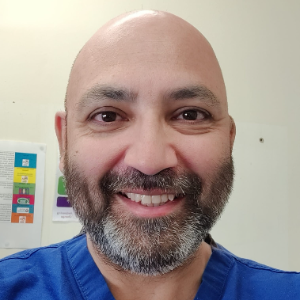Orthopedic Rare Conditions
Rare disease is a word used to describe pathological disorders that have a very low incidence and prevalence. According to the "Rare Condition Act," passed in the United States in 2002, a disease must affect fewer than 200,000 Americans and have a prevalence equal to or less than 1 in 1,500 people to be classified as rare. The skeletal system, on the other hand, may be impacted by rare disorders of unknown aetiology for which no genetic aetiology has been identified, only a genetic predisposition. The musculoskeletal system is affected by orthopaedic injuries and disorders. Muscles, bones, nerves, joints, ligaments, tendons, and other connective tissues are all part of this bodily system. Chronic orthopaedic conditions or an injury might cause damage to any of these tissues or structures. Variations in genes that control skeletal development and regulation are responsible for several uncommon disorders affecting the musculoskeletal system. Understanding the genetic foundation and phenotypic connections, depending on the type and position within the same gene, has been made possible by recent developments in molecular genetics. Almost 400 different types of skeletal dysplasias have been identified so far.

Stephen S Tower
University of Alaska Anchorage, United States
Marcos Brioschi
American Academy of Thermology, United States
Wagih El Masri
Keele University, United Kingdom
Arif Akkok
Lake Erie College of Osteopathic Medicine, United States
Akash Ganguly
Warrington and Halton Hospitals NHS FT, United Kingdom
Sajid Ali
The Dudley Group NHS Foundation Trust, United Kingdom




Title : The UK profemur recall and implant cobaltism
Stephen S Tower, University of Alaska Anchorage, United States
Title : The tomographic phenotype and the genotype of wormain bones
Ali Al Kaissi, National Ilizarov Medical Research Center for Traumatology and Orthopaedics, Russian Federation
Title : New treatment of muscle contracture and joint contracture through muscle regeneration with mitochondrial dynamics
Ki Ji Lee, Busan Medical University, Korea, Republic of
Title : New treatment of sarcopenia through muscle regeneration with mitochondrial dynamics
Ki Ji Lee, Busan Medical University, Korea, Republic of
Title : The prevalence and association of self-reported depression symptoms with musculoskeletal pain and quality of life among pregnant women
Youssef Masharawi, Tel Aviv University, Israel
Title : Bipolar hemiarthroplasty under local anesthesia (2%)
Ketan Karabhai Parmar, Aayush Multispecialty Hospital, India